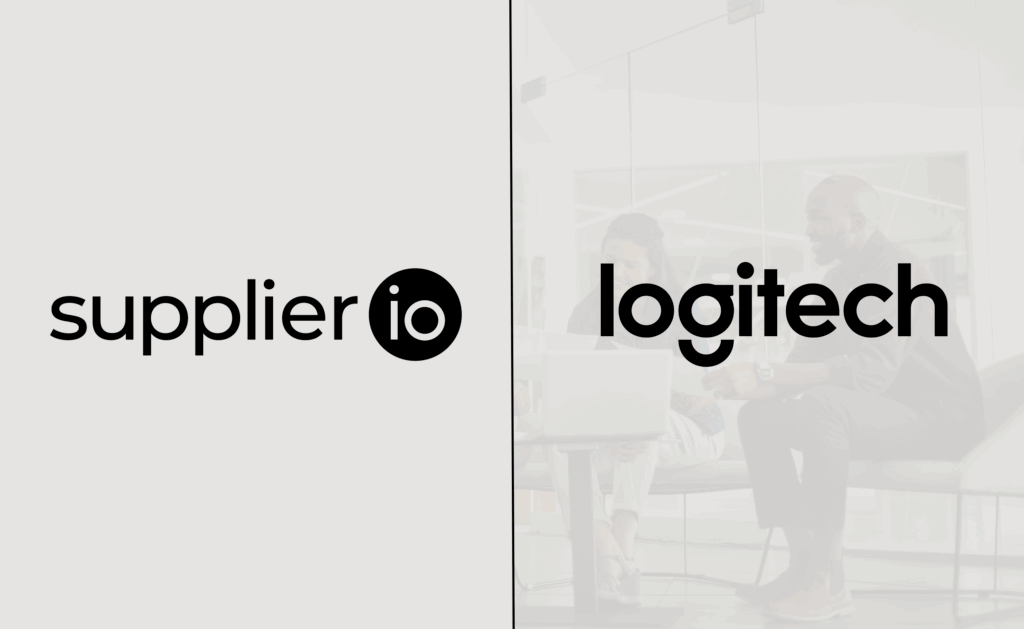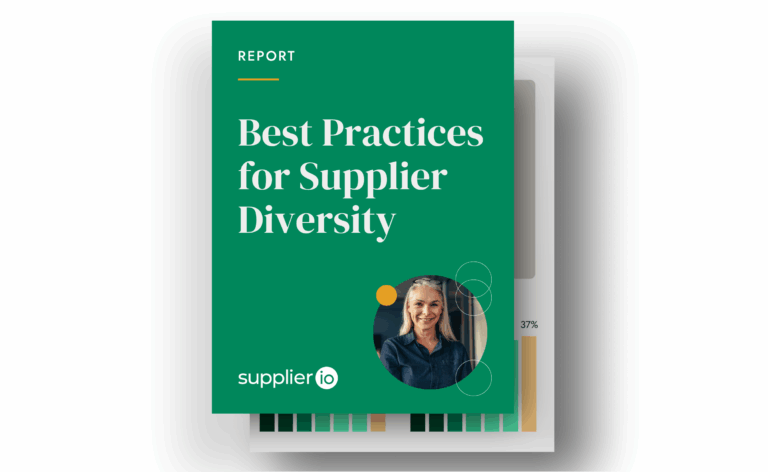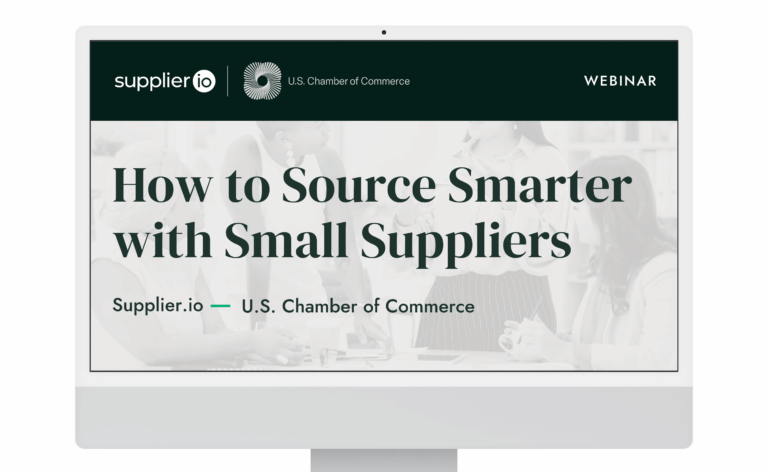12 Questions with Logitech’s Head of Supplier Diversity
Logitech’s Head of Supplier Diversity answers questions about how he runs a successful and growing program

Throughout the Logitech’s building a successful supplier diversity webinar attendees had a lot of questions for Itu on the specifics of his program. Here is a dozen questions and insights into the Logitech program.
12 questions with Itu Otu of Logitech:
How do you calculate your minority spend; on the total spend or on eligible spend?
We calculate based on “negotiable” spend. We do not include non-negotiable spend such as: charity, government tax, utility, schools, intercompany expenses etc..
Do you have any quality or government certifications/requirements that may make it difficult for Logitech to make their goals?
No! We do not have any US government requirements/regulations that could stymie our program because we are not a government contractor and our manufacturing plant is located in China. I am not aware of the Chinese government restricting the use of diverse suppliers either or instituting policies that would impact diverse suppliers engagement. My experience with the US government requirement was different when I led the program at Mars Chocolate North America, those requirements actually led to the increase in diverse spend. I guess it would depend on one’s industry.
Does Logitech have a central procurement process or is it decentralized?
As a global company, procurement centralization would be impractical, therefore Logitech adopted a hybrid format on the indirect procurement side. There is an established spend threshold that requires the involvement of our procurement department. Below the threshold, business units are given autonomy to select and engage suppliers but must act in the best interest of the company.
How do you identify self-certified suppliers?
We created a diverse supplier profile form that we send out to prospective diverse suppliers who for some reason, do not want to be certified. In that form, we ask them pertinent information relating to the ownership of the company and to attest to the truth and accuracy of information they are providing by checking off the “Self Certified” box and signing the attached one-page document.
What is the difference between certified and classified?
The difference is one is certified and the other is known to be definitely diverse owned but not yet certified or choose not to be certified for reasons known to the owner(s). I have heard reasons such as cost prohibitive, no added value, privacy, anti labels etc..
Are foreign suppliers able to be classified and what organizations would do that outside of the US?
The following organizations outside of the US can assist you with certification and diverse supplier networks:
- Canadian Aboriginal and Minority Supplier Development Council (CAMSC) https://camsc.ca/
- Minority Supplier development Council UK (MSDUK) https://www.msduk.org.uk/
- Integrare: [email protected]
- WEConnect International They certify women-owned businesses https://weconnectinternational.org
- Minority Supplier development Council China (MSD China) https://msdchina.org.cn/
- Supply Nation https://supplynation.org.au/
- European Supplier Diversity Project (ESDP) https://esdp-org.eu/
- South African Supplier Development Council (SASDC) https://www.sasdc.org.za
What would you suggest is a healthy ratio of Tier 1 to Tier 2?
Personally, and ideally, I believe in the 80/20 rule. Anything more than 25% you will be shedding or avoiding your responsibilities by assigning your program to your prime suppliers. That is not a good strategy if you really want the program woven into the fabric of the culture and become a staple of your organization.
What are the main points that you cover in your Supplier Diversity executive forum meeting?
- Discuss ongoing business initiatives and opportunities
- Key issues/challenges and recommendations
- Emerging business opportunities
- Diverse business community outreach efforts/support
How does your executive team communicate with the Business Units before your meeting with them?
There is always communication up and down the pole. Prior to the Supplier Diversity Executive Forum (SDEF) meeting, we share all relevant spend and program data with the executive, who meets with the BU senior managers and the supplier diversity champion for additional information and project status update in line with the report template prior to presenting the BU’s activities at the forum
How often do you follow up with the Business Units?
15 – 20 minutes is carved out of their monthly meetings for supplier diversity updates, but communication is always ongoing on current, emerging business opportunities and any other related issues.
For teams that are resistant to “just check a box”, how do you show them the value proposition?
This is a very good question. The way I have been able to persuade this class of people is to keep a bid opportunity list that tracks all contracts, contract value and participants invited to bid and the winning bid. For those contracts won by diverse suppliers, make sure to capture and document the associated total value (savings, cost avoidance, technology, innovation, delivery etc.), whatever your industry definition of value is, capture everything.
Every quarter, I present to these folks the summation of all values brought in by successful diverse suppliers (bid winners) and compare them to what the previous non-diverse incumbents would have charged as reflected on my bid opportunity list. For most, it would be their Aha! moment, for some, not so much but you have made your case and then leverage your company’s communication tools to blast these success stories at every chance that you get for company wide awareness. Repeat these every quarter, recognize and celebrate those leaders contributing to the success of the program. Overtime, there will be competition amongst the leaders for the spotlight and gradually, the barriers will come down.
How many people are on your team? What is the size of your team?
There is only 1, that is me but Logitech has a very supportive and responsive procurement team and a committed Head of global procurement.




